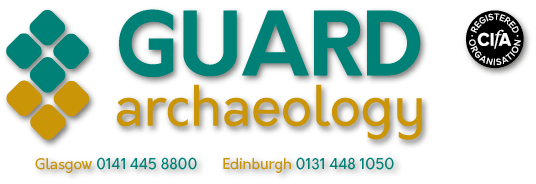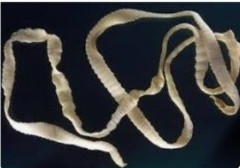Is there anything scarier than tiny creepy worm-like creatures growing inside your body unbeknownst to you? For this Hallowe’en we will be discussing parasites…
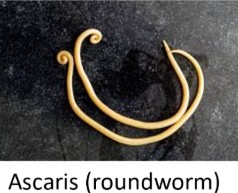
Parasite infection was common in the population of medieval Leith as was the case in other European medieval cities, as the largest archaeological study so far of its kind on medieval populations in Scotland reveals.
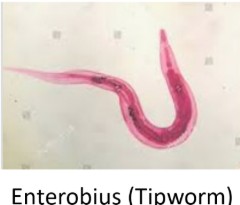
Remains of parasite eggs were found within soil samples taken from around the belly area of skeletal remains during GUARD Archaeology’s excavation of graves beneath Constitution Street in this part of Edinburgh. This was once part of the medieval graveyard of South Leith Parish Church. Nearly half of the 185 analysed skeletons were affected by at least one of four different types of parasites – Ascaris, Trichuris, Enterobius and Taenia.
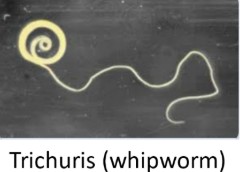
While these names may not be familiar, some of them have been living with (or in!) us for a long time. Traces of Trichuris (whipworm) were reported from Ötzi, the frozen mummy of a man found in the Alps and who had lived during the Copper Age sometime between 3350 and 3105 BC.
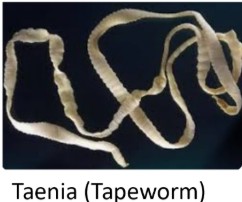
The presence of Taenia parasite eggs indicate that the medieval Leith population, including adults and children, were eating undercooked/raw pork or beef. The presence of Taenia (tapeworm) in children was unusual and indicates not only that they were eating the same food as the adults but also that the animal feed was contaminated by this parasite too. It is possible that human faecal material was used as fertiliser for food later fed to livestock.
The rest of the parasites, Ascaris (roundworm), Trichuris (whipworm) and Enterobius (tipworm) are all soil transmitting helminth (worms), which essentially means that infection was via a direct faecal-oral route. Lovely.
This evidence demonstrates the poor sanitation and hygiene of the time.
And the importance of cleaning your hands after going to the loo!!
